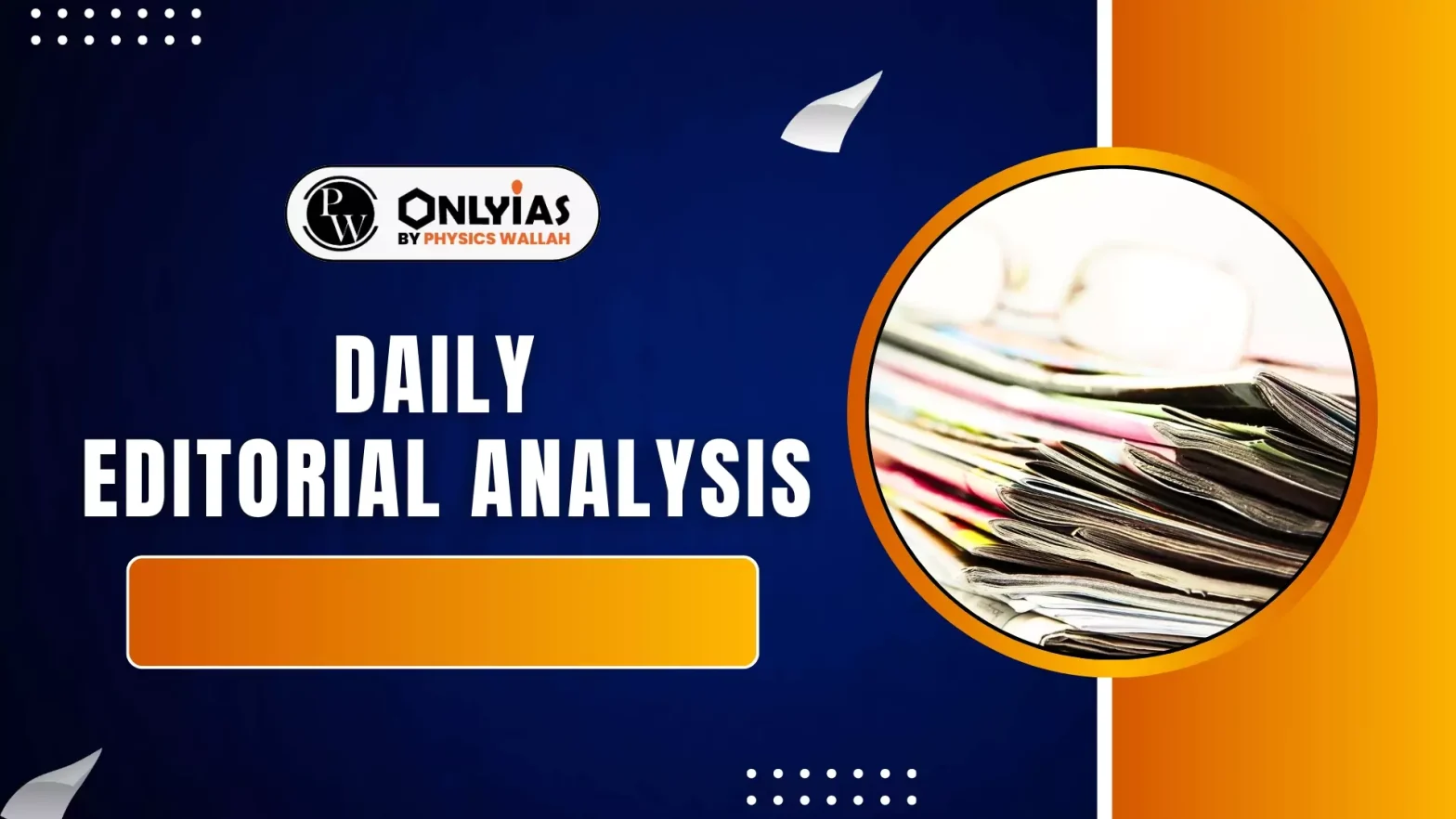The recent suicides of two Haryana policemen have reignited debate on the evils of caste discrimination and corruption within the police force.
Background: Two Tragic Suicides
- Two Tragic Suicides: Dalit IPS officer Y. Puran Kumar and ASI Sandeep Kumar died by suicide, citing caste-based harassment, bias in transfers, and corruption. These cases expose interlinked systemic discrimination and malfeasance, undermining morale and institutional credibility.
- Reinforcing Maladies: Together, these cases demonstrate that caste-based discrimination and corruption are not separate maladies — they often reinforce each other, damaging morale and credibility within governance institutions.
Nexus Between Casteism and Corruption
- Operational Mechanism: Research on Police, Caste and Law in India highlights how postings like Station House Officer (SHO) often depend on caste equations.
- Senior officers (patrons) install caste kin in lucrative posts.
- These juniors, in turn, share the proceeds of corruption with their patrons.
- Mutual Reinforcement: Caste provides the trust base that enables corruption; corruption then validates caste loyalty, creating a self-perpetuating cycle.
- Reflection of Society: The caste conflicts seen among civilians — such as Jat–Dalit or Maratha–Dalit rivalries — inevitably seep into the police force, showing that the uniform cannot fully insulate officers from social fault lines.
Reservation in Promotions
- Constitutional Provision: Article 16(4A), inserted by the 77th Constitutional Amendment (1995), empowers the State to provide reservation in promotions for SC/STs where their representation in services is inadequate.
- Original Spirit: Reservation was a moral acknowledgment of historical injustice — a mea culpa — meant to ensure fair entry, not rapid hierarchical ascension.
- Impact on Discipline: It breeds resentment when juniors surpass seniors via reserved promotions, eroding the command chain and mutual respect vital in uniformed services.
- Judicial Safeguard: The Supreme Court in M. Nagaraj (2006) and reaffirmed in Jarnail Singh (2018) held that states must justify such promotion policies with quantifiable evidence of underrepresentation, ensuring merit and equality remain balanced.
Challenges for Reform
- Money and Greed as Drivers: Today, money and greed are major drivers of action in government departments.
- Persistence of Corruption: Despite political promises to tackle corruption,it continues where citizens interact directly with the system, such as police stations, tehsils, and traffic police.
- Populism Distracting Citizens: Citizens are often silenced or distracted from systemic issues by the “toy” of freebies.
- This populism, which involves distributing money freely to secure votes, ultimately damages the country.
Way Forward
- Merit-Centric Leadership: Recruitment and promotion must prioritize merit. Leaders should emulate examples like Julio Ribeiro, who selected officers solely on capability—for instance, Y.C. Pawar, a Dalit officer who dismantled the Mumbai underworld, and another young IPS officer who revitalized the Armed Branch.
- This demonstrates that professionalism, not caste, strengthens institutions.
- Balanced Reservation Policy: Implement promotion quotas only after quantifiable proof of under-representation, in line with M. Nagaraj and Jarnail Singh.
- Blend social justice with efficiency to preserve morale and discipline.
- Institutional Checks on Casteism and Corruption: Establish independent grievance cells for caste-related complaints and adopt digital, randomized posting systems to disrupt patronage and caste–corruption networks.
- Ethical and Mental Health Reforms: Conduct regular sensitization programs on caste bias and ethics. Provide confidential counselling and grievance mechanisms to reduce workplace distress and prevent suicides.
- Required Reforms: Implement the 2006 Prakash Singh Judgment directives, including forming State Security Commissions, fixing the DGP tenure, and separating investigation from law and order functions, to achieve meaningful systemic reform.
Conclusion
True reform lies in restoring merit, transparency, and moral courage in leadership — ensuring that neither caste nor corruption dictates the course of Indian policing.
![]() 25 Oct 2025
25 Oct 2025

